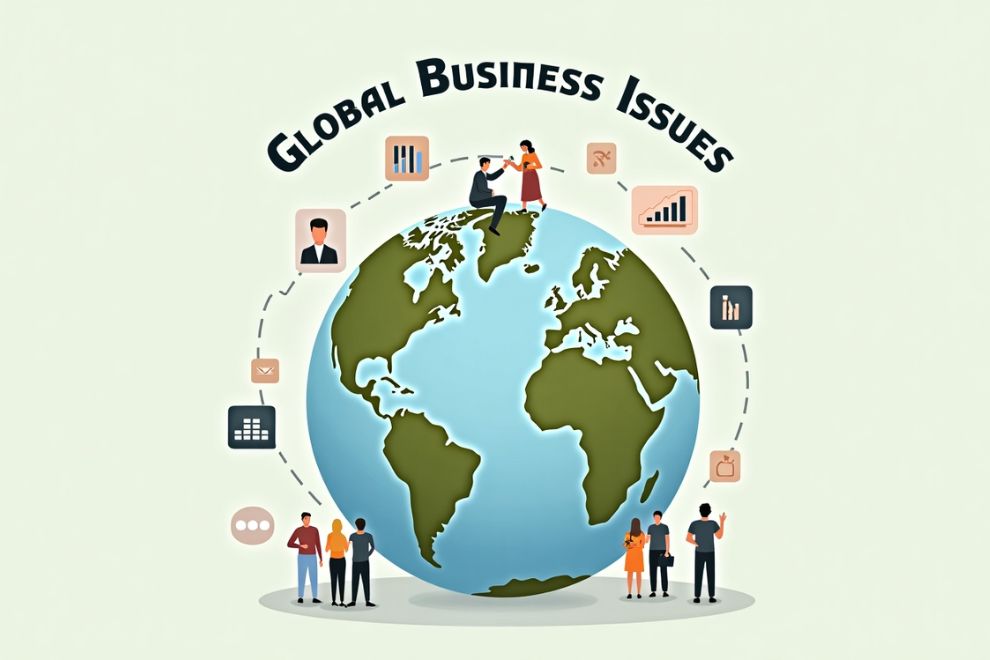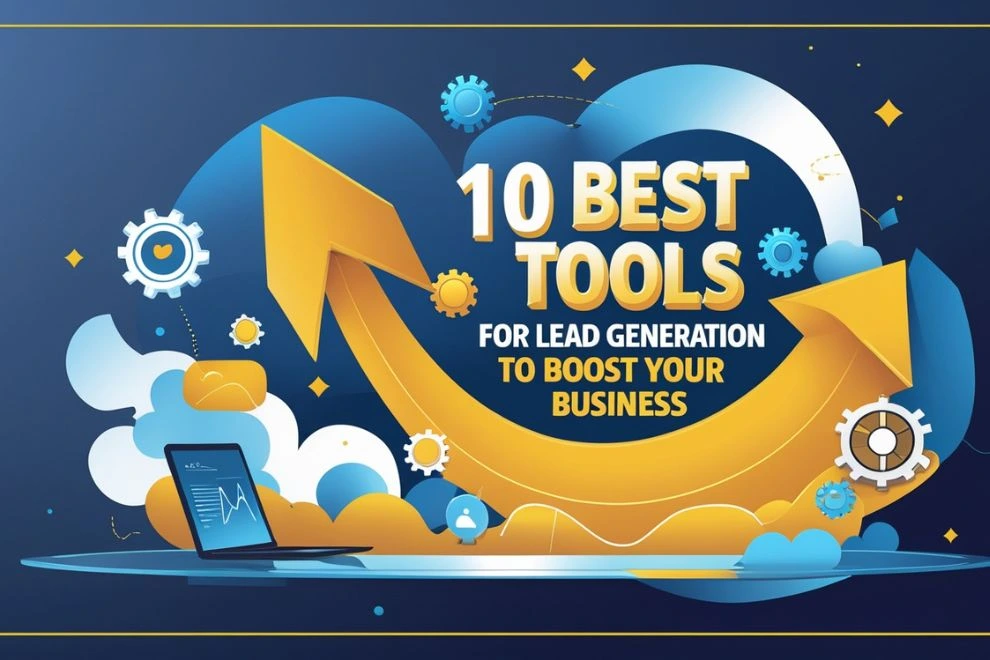In recent years, artificial intelligence (AI) has rapidly advanced, transforming multiple industries, including content creation. The question on everyone’s mind is, “Is AI Replacing Writers in 2025?” With AI-generated articles, blogs, and scripts becoming increasingly common, many professional writers worry about their future. But is AI truly a threat, or is it merely a tool that enhances human creativity? Let’s explore the truth behind AI replacing writers. The Rise of AI in Content Creation AI-powered writing tools like GPT-4, Jasper, and Copy.ai have gained immense popularity. These tools can generate content quickly, improving efficiency and reducing costs for businesses. The rise of AI replacing writers has sparked debates about whether AI can fully take over the writing profession. While AI-generated content is useful for automation, it still lacks the human touch required for deep storytelling, emotional appeal, and creative insights. The use of AI in journalism, marketing, and even fiction writing has increased significantly. Companies now rely on AI to generate reports, product descriptions, and even news articles. AI replacing writers seems like an impending reality in certain niches, but it still struggles with opinion pieces, investigative journalism, and emotionally engaging content. Can AI Fully Replace Writers? One of the biggest concerns regarding AI replacing writers is its ability to understand human emotions, culture, and nuanced expressions. AI relies on vast datasets to generate content, but it lacks genuine creativity and originality. While AI can write structured articles, blogs, and reports, it struggles with humor, satire, and personal storytelling—areas where human writers excel. Moreover, AI still depends on human intervention for fact-checking and ensuring content quality. AI-generated content sometimes includes errors, misinformation, or lacks context, which a professional writer can easily correct. So, while AI replacing writers is a possibility in some areas, it is unlikely to eliminate human writers entirely. Another aspect to consider is the ethical implications of AI-generated content. AI can sometimes produce misleading or biased information based on the data it has been trained on. The role of human writers extends beyond just writing—they critically evaluate and verify facts, something AI is not yet capable of doing independently. The Advantages of AI in Writing Despite concerns about AI replacing writers, AI offers several benefits to the writing industry. Here are a few ways AI assists writers rather than replacing them: Rather than AI replacing writers completely, it serves as a helpful assistant, enabling writers to produce high-quality content more efficiently. AI’s Limitations in Writing While AI replacing writers is a popular discussion, AI has several limitations that prevent it from fully taking over the writing profession. Here are a few challenges AI faces: Given these limitations, AI replacing writers remains an unlikely scenario for high-quality, in-depth, and creative content. The Future of AI and Human Writers Instead of worrying about AI replacing writers, it is more practical to embrace AI as a tool that enhances the writing profession. AI can assist with repetitive tasks, research, and editing, allowing human writers to focus on creativity, originality, and storytelling. The future of writing will likely involve a collaboration between AI and human writers. Businesses and content creators will benefit from AI’s speed and efficiency while relying on human creativity for authenticity and engagement. AI replacing writers entirely may not happen anytime soon, but those who leverage AI wisely will stay ahead in the competitive writing industry. Moreover, AI’s role in content creation is likely to grow beyond simple article writing. It may assist in scriptwriting for films, video game narratives, and even interactive storytelling. However, human writers will still be necessary to bring originality and emotional depth to these creations. Writers who understand how to work with AI rather than against it will have the upper hand. Learning to use AI for brainstorming, structuring, and editing content will allow writers to maintain their relevance while improving productivity. Truth Revealed So, is AI replacing writers in 2025? The truth is that while AI is revolutionizing content creation, it cannot completely replace human writers. AI excels at automation, grammar correction, and SEO optimization, but it lacks the depth, emotional intelligence, and creativity of human writing. Instead of fearing AI replacing writers, writers should embrace AI as a powerful tool that enhances their capabilities. Writers who adapt and integrate AI into their workflow will thrive in the evolving landscape. AI replacing writers is a concern, but the future belongs to those who blend AI assistance with human creativity. By doing so, writers can stay relevant, productive, and successful in the digital age. In conclusion, AI will continue to shape the writing industry, but human writers will always be at the heart of storytelling, journalism, and creative expression. AI may change how we write, but it cannot replace the unique voice, critical thinking, and emotional depth that only human writers can bring. Writers who embrace AI as an ally rather than an adversary will find new opportunities and ways to elevate their craft in the years ahead.









